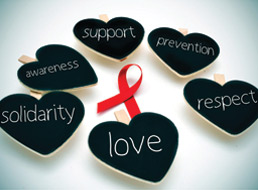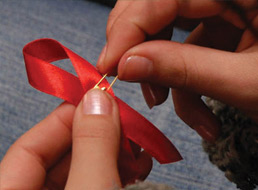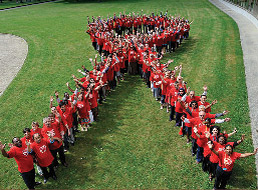History
The Women’s Interagency HIV Study (WIHS) is a multicenter longitudinal study to investigate the progression of HIV disease in women. The WIHS was started in 1993 in response to growing concern for the impact of HIV in women. The data from WIHS and other cohort studies provide a basis for describing the full spectrum of the natural and “treated” history of HIV infection. After more than 20 years, the WIHS continues to investigate questions at the forefront of HIV research, spanning topics such as women’s reproductive health, clinical outcomes (for example, cardiovascular disease, diabetes, and others), and the effectiveness of antiretroviral therapy.
In addition to the cohort’s strong focus on issues relevant to women who reflect the epidemiology of HIV in the U.S., our study design has several notable strengths:
- WIHS implements protocols that prospectively collect both the most important markers of HIV disease progression (e.g., T-cell subsets and HIV RNA levels), as well as novel measures not routinely collected in clinical care settings (such as body habitus measures, tissue, PK samples, metabolic panels, frozen cells), and links these data to the extensive data collected as part of the core protocol.
- The WIHS cohort is representative of AIDS and HIV cases reported among women in the U.S., while single clinic-based cohorts are not fully representative.
- WIHS implements a standard schedule of visits that is independent of clinical care and maintains high retention of a historically-neglected study population that continues to be under-represented in clinical research in the U.S.
- WIHS data and specimen collection methods are protocol-driven and conducted by dedicated study personnel. This allows us to implement quality assurance methods and standardization of data collection.
- WIHS has recruited a demographically-similar group of HIV-negative women and collects information and specimens from these women in a fashion identical to that of HIV-infected women.
- WIHS implements nested substudies that capitalize on the extensive core, longitudinal database and specimen repositories.
- WIHS maintains sufficient numbers of women to answer research questions that are unique to women, and partners with similar studies that are exclusively (e.g., MACS) and/or primarily (e.g., ALIVE) male to perform investigations comparing men and women.
- WIHS provides extensive opportunities for collaboration to new investigators. The WIHS has an established, open set of guidelines for providing access to specimens, data, and participants.
These strengths will continue to facilitate our highly successful investigations into HIV infection in women, informing important aspects of the epidemic not only in the U.S., but also worldwide.
For detailed information on the WIHS cohort, please see Barkan 1998 and Bacon 2005.




